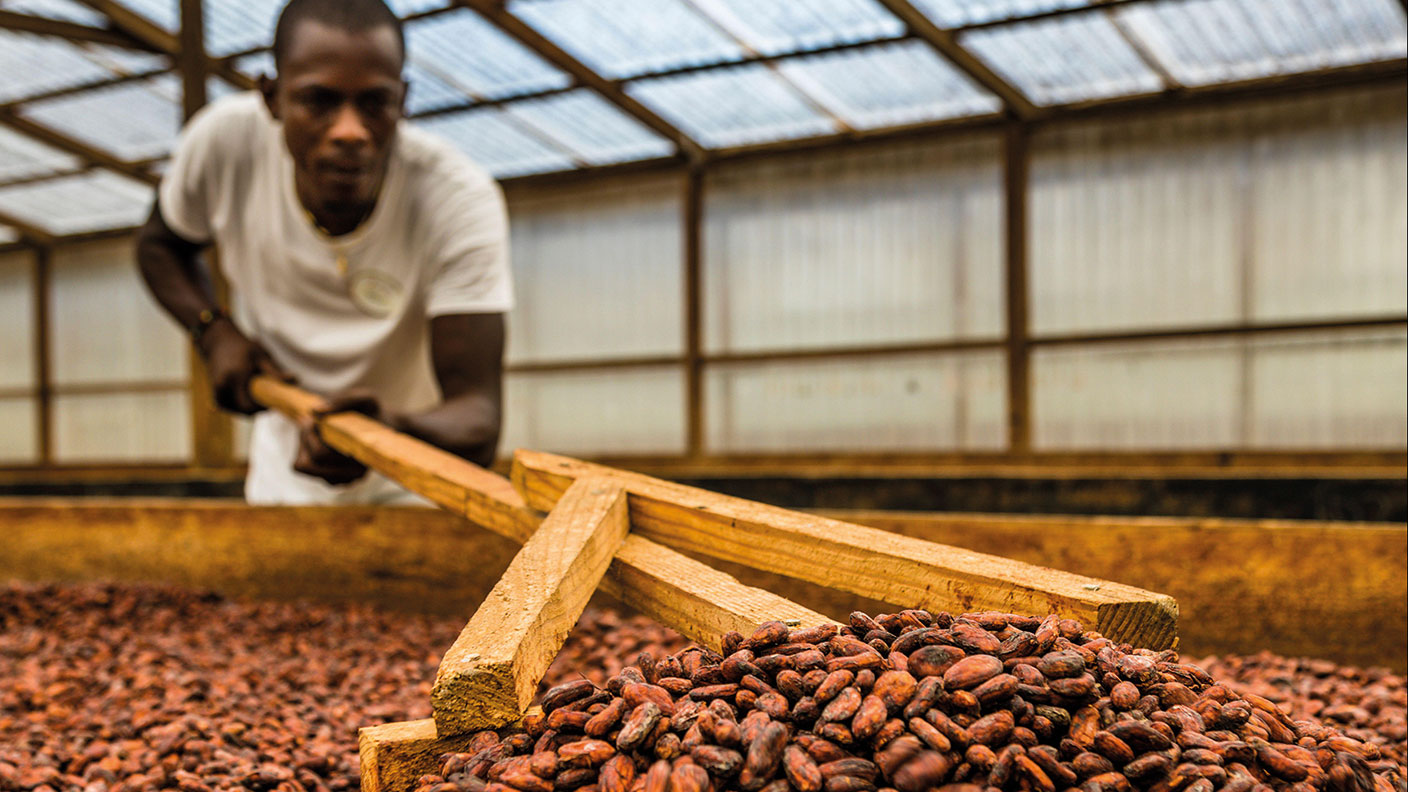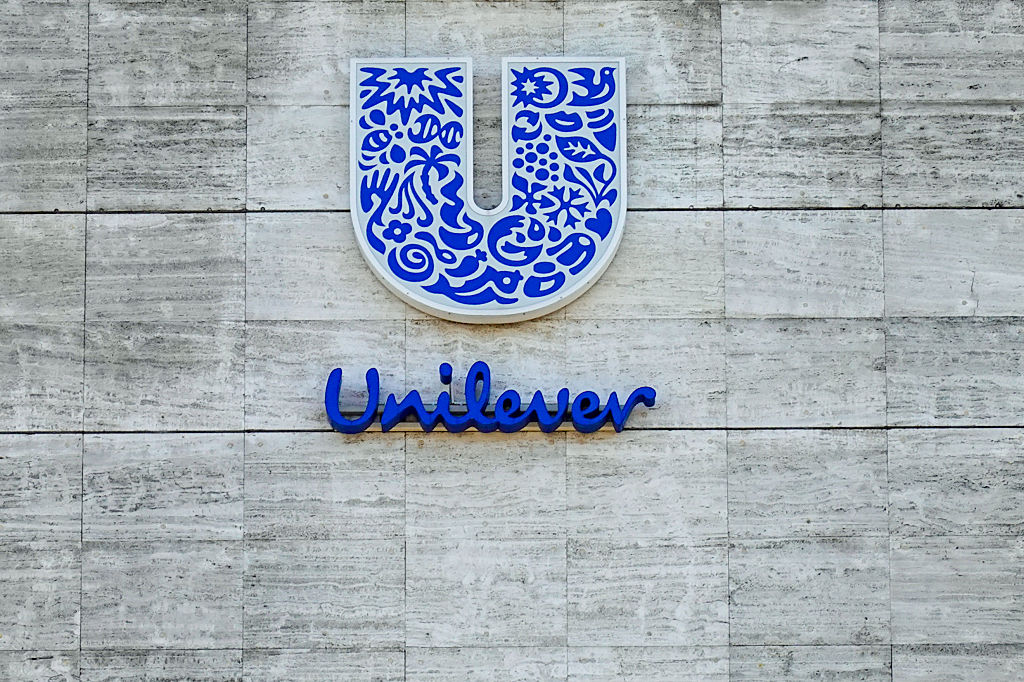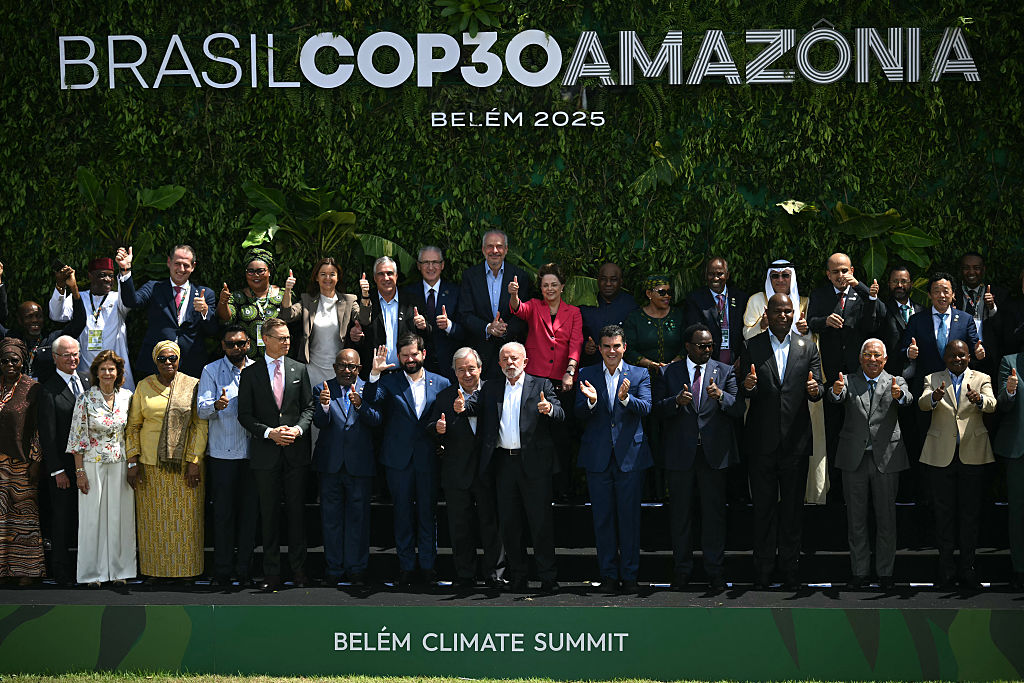Commodities boom spreads beyond energy and metals
Commodity prices are soaring – oil, gas, copper and a whole host of metals has seen prices take off. But price rises are spreading to soft commodities too.

“There has rarely been a better time to add commodities to a portfolio as a hedge against inflation, geopolitical risks and potentially hostile market environments,” says Jeffrey Currie of Goldman Sachs. The S&P GSCI index, which tracks a basket of 24 major commodities, has risen 35% over the past year and analysts see more gains ahead.
Bulls such as Goldman point to “extremely tight inventories, underinvestment across the commodity sector and slow-responding supply”, says Alex Gluyas in the Australian Financial Review. The rise of environmental, social and governance (ESG) investing means that while “capital has never been cheaper due to low interest rates, it has never been more expensive to build infrastructure and equipment such as mines, steel mills”, or drill for an oil and gas well.
The shortages are broad based. “Copper stocks at major commodity exchanges sit at just over 400,000 tonnes, representing less than a week of global consumption,” say Neil Hume and Emiko Terazono in the Financial Times. Citigroup analysts think demand for lithium, which is used in electric car batteries, will exceed supply by 6% in 2022. It’s not just metals either. Stockpiles of arabica coffee, “the higher-quality bean loved by espresso aficionados”, are at their lowest level in 22 years. US Soybean prices are up 18% this year already. Wheat prices have also risen on fears that major exporters Russia and Ukraine are about to descend into war.
MoneyWeek
Subscribe to MoneyWeek today and get your first six magazine issues absolutely FREE

Sign up to Money Morning
Don't miss the latest investment and personal finances news, market analysis, plus money-saving tips with our free twice-daily newsletter
Don't miss the latest investment and personal finances news, market analysis, plus money-saving tips with our free twice-daily newsletter
Aluminium takes flight
Then there’s aluminium, says Laurence Girard in Le Monde. The metal is used in everything “from coffee capsules to cans to aeroplane cabins”. It also plays a key role in the infrastructure needed to decarbonise the economy. Last week it hit a 13-year high on the London Metal Exchange at $3,236 a tonne. The metal is up 16% already this year and not far off its all-time high of $3,380 a tonne.
The squeeze is a consequence of soaring energy prices that have seen European and Chinese smelters cut production. “On average, producing a ton of aluminium uses the same electricity as an average US family consumes in [a] year,” says Javier Blas on Bloomberg. Aluminium’s extensive presence in our daily lives means that the price rally will be another source of inflation across the economy.
The 67 million tonne a year market ran a deficit of more than one million tonnes last year. That should continue. China accounts for “nearly 58%” of the market, but the industry is under pressure to cut pollution and energy usage. High electricity prices elsewhere mean there are few producers ready to step in, while the electrification of ever more of the economy means a growing number of products contain the metal. Hence Goldman predicts prices could hit $4,000 a tonne within the next 12 months.
Get the latest financial news, insights and expert analysis from our award-winning MoneyWeek team, to help you understand what really matters when it comes to your finances.
Alex is an investment writer who has been contributing to MoneyWeek since 2015. He has been the magazine’s markets editor since 2019.
Alex has a passion for demystifying the often arcane world of finance for a general readership. While financial media tends to focus compulsively on the latest trend, the best opportunities can lie forgotten elsewhere.
He is especially interested in European equities – where his fluent French helps him to cover the continent’s largest bourse – and emerging markets, where his experience living in Beijing, and conversational Chinese, prove useful.
Hailing from Leeds, he studied Philosophy, Politics and Economics at the University of Oxford. He also holds a Master of Public Health from the University of Manchester.
-
 Halifax: UK house prices at lowest level since summer as growth slows
Halifax: UK house prices at lowest level since summer as growth slowsProperty prices fell by 0.6% month-on-month in a typical Christmas season slowdown, Halifax’s latest house price index shows.
-
 In the money: how my trading tips fared in 2025
In the money: how my trading tips fared in 2025The success of the open positions offset losses on closed ones, says Matthew Partridge
-
 The graphene revolution is progressing slowly but surely – how to invest
The graphene revolution is progressing slowly but surely – how to investEnthusiasts thought the discovery that graphene, a form of carbon, could be extracted from graphite would change the world. They might've been early, not wrong.
-
 Stock markets have a mountain to climb: opt for resilience, growth and value
Stock markets have a mountain to climb: opt for resilience, growth and valueOpinion Julian Wheeler, partner and US equity specialist, Shard Capital, highlights three US stocks where he would put his money
-
 Metals and AI power emerging markets
Metals and AI power emerging marketsThis year’s big emerging market winners have tended to offer exposure to one of 2025’s two winning trends – AI-focused tech and the global metals rally
-
 King Copper’s reign will continue – here's why
King Copper’s reign will continue – here's whyFor all the talk of copper shortage, the metal is actually in surplus globally this year and should be next year, too
-
 British blue chips offer investors reliable income and growth
British blue chips offer investors reliable income and growthOpinion Ben Russon, portfolio manager and co-head UK equities, ClearBridge Investments, highlights three British blue chips where he'd put his money
-
 Renewable energy funds are stuck between a ROC and a hard place
Renewable energy funds are stuck between a ROC and a hard placeRenewable energy funds were hit hard by the government’s subsidy changes, but they have only themselves to blame for their failure to build trust with investors
-
 Did COP30 achieve anything to tackle climate change?
Did COP30 achieve anything to tackle climate change?The COP30 summit was a failure. But the world is going green regardless, says Simon Wilson
-
 Leading European companies offer long-term growth prospects
Leading European companies offer long-term growth prospectsOpinion Alexander Darwall, lead portfolio manager, European Opportunities Trust, picks three European companies where he'd put his money